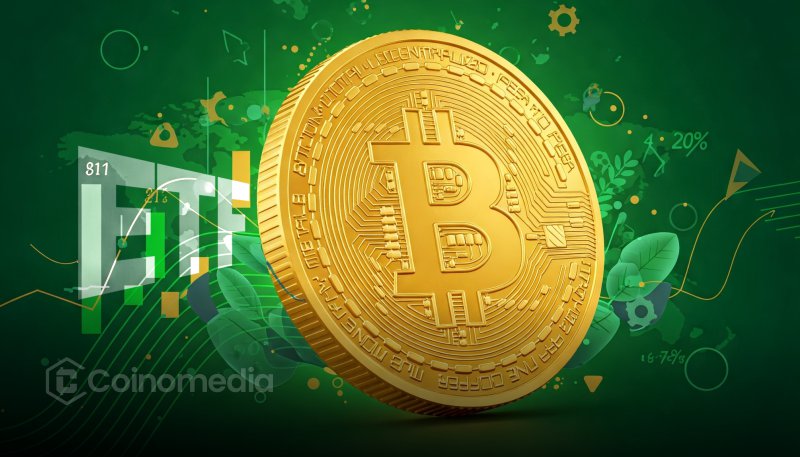
- Bitcoin ETFs gained $84.2M in net inflows on Mar. 24
- Approximately 978 BTC were purchased through ETFs
- Ethereum ETFs saw no inflows, showing cooling interest
On March 24, Bitcoin ETFs experienced a strong buying trend, recording $84.2 million in net inflows, equivalent to around 978 BTC. This marks yet another day of consistent demand from institutional investors and retail participants alike. These steady inflows highlight Bitcoin’s growing acceptance as a legitimate asset class, especially in the wake of recent ETF approvals in the U.S.
Many analysts interpret this as a bullish sign, suggesting investors are positioning themselves for potential future price gains. With major players like BlackRock and Fidelity among the issuers, Bitcoin ETFs are now a popular entry point for those who prefer regulated exposure over direct crypto ownership.
Ethereum ETFs See No Activity
While Bitcoin ETFs gained momentum, Ethereum ETFs recorded zero net flows on the same day. This flatline performance raises questions about investor sentiment toward Ethereum in the short term. Despite ongoing discussions about the possible approval of spot ETH ETFs, interest seems to be cooling compared to the enthusiasm for Bitcoin.
Several factors might explain this disparity, including regulatory uncertainty and Ethereum’s slower price action relative to Bitcoin. Until there’s more clarity or a strong catalyst for ETH, institutional inflows may remain muted.
What This Signals for the Market
The contrasting ETF flows between Bitcoin and Ethereum suggest that investors currently see Bitcoin as the safer or more promising asset. Bitcoin’s role as a store of value and its institutional appeal continue to drive its dominance in the crypto investment landscape.
As Bitcoin’s halving event approaches, ETF demand could further increase. Meanwhile, Ethereum may need stronger narratives or regulatory approvals to regain investor attention.



